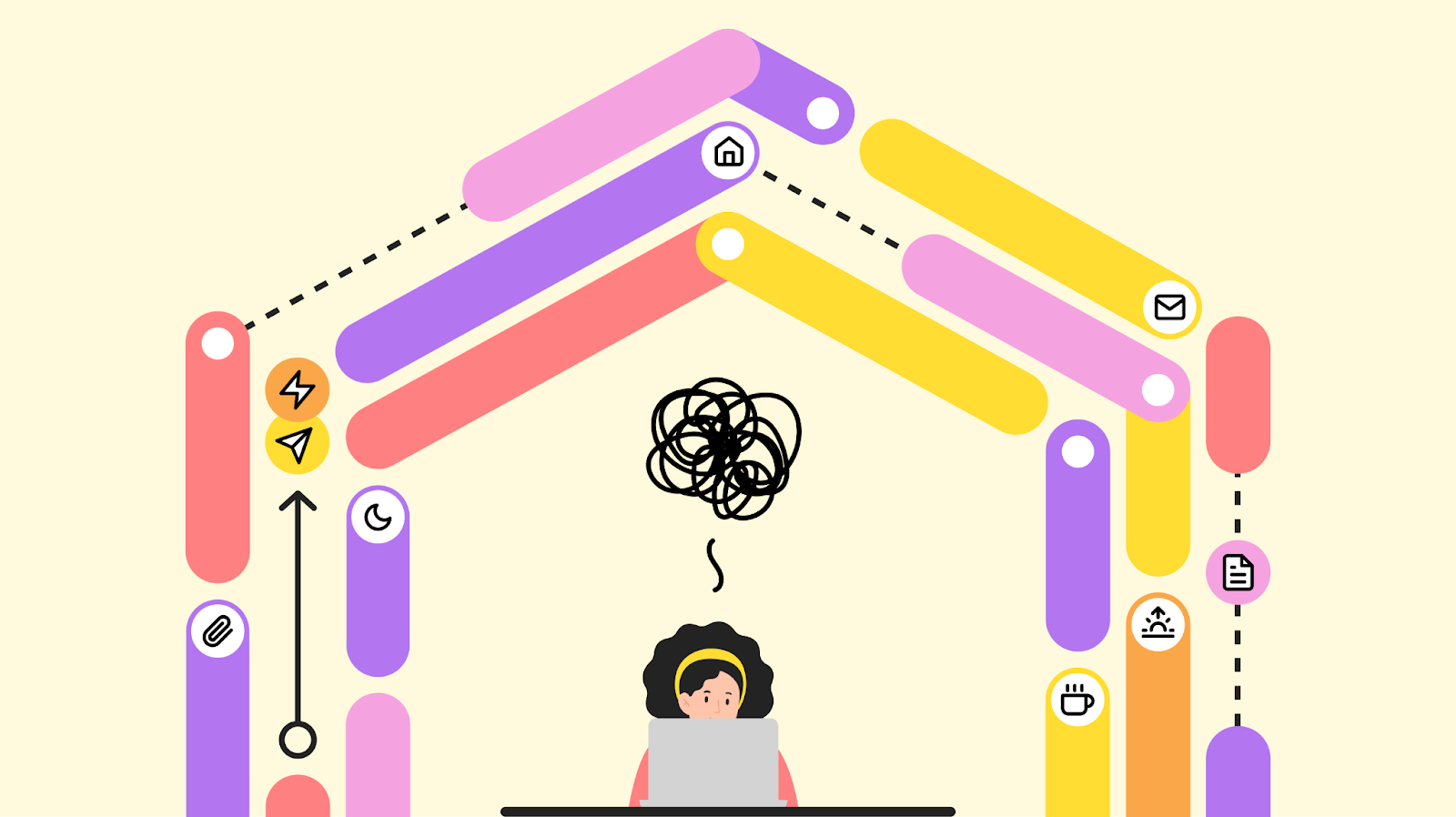
4 min read
Find out why we should switch out of remote work crisis mode ASAP based on data from Jostle and Dialectic’s survey research on the impact of remote work on inclusion.
By Faye Wai
Many of us left our workplaces overnight, had to adapt to a new mode of work, and didn’t know how long it would last. Leaders and organizations had close to no time to adapt to converting desk workers to remote positions, and as a result, almost all of us experienced communication barriers, technological difficulties, and feelings of loneliness.
We set foot to find out more about this in a research survey to understand the current state of inclusion at work and how organizations could better support their employees.
What’s the extensive impact of remote work, when we were forced to do the switch? This question captures why Jostle and Dialectic recently joined forces to understand how remote work affects employee inclusion and connection. Over 400 employees participated in our research survey; all of them had transitioned to remote work in the past year without changing employers.
Based on the results of this survey, leaders can address barriers to inclusion created or exacerbated by the rapid shift to remote work. In addition, the results provide context and motivation for creating human-centric organizations that prioritize connected employees, even in a hybrid or remote environment.
The survey results validated some assumptions we had, but we also were surprised by a few things we learned. Let’s take a quick look at the summary of findings:
Although some barriers to inclusion aren’t new and are still being felt, such as poor mental wellbeing and discrimination, we confirmed the presence of new barriers to inclusion. 82% of respondents stated they faced communication obstacles and 83% claim they felt disconnected with their organization's culture. Other barriers include social isolation, work/life integration challenges, and technological/information imbalances.
We found that 70% of participants said that remote work is just as effective “now as it was before” during the pandemic, while 61% said that remote work reduces their connection to coworkers. In other words, during the pandemic, employees’ perceptions of their and their teams’ performance have increased while their feeling of belonging has decreased. This is precisely the opposite of what the empirical work predicts. From a team development standpoint, this is unsustainable in the long run.
While 35% of participants feel they’re given more responsibilities by their managers, 54% of participants feel that their supervisor hasn’t equipped them with the support they need to cope with issues coming up from working from home. Costly burnout and turnover may be a result of requiring more work from employees without ample support.
Over three-quarters of people feel they have access to the tools and resources they need to work remotely, but only 30% feel more fulfilled by their jobs. It’s vital that organizations de-escalate from crisis mode and return their focus to the human work aspect of their work.
More than half of participants experienced stress at work as a result of work overload, but surprisingly, 70% report taking fewer sick days compared to last year. Potentially making the situation worse, 59% report using few to no sick days for mental health reasons. Presenteeism and continuing to operate in “crisis mode” are major risks to employee well-being, productivity, and performance.
Three-quarters of respondents say they would choose to continue working remotely, while only 3% say there’s nothing good about remote work. There’s no turning back—remote work will become an expected default of workplaces from here on out.
It’s undeniable remote and other hybrid forms of working are now the norm. The question now is, how do we use the findings of our survey to equip leaders to make crucial decisions in their organizations, and for their people?
“The clear message from our research is the cost of short term planning is a long term negative impact on human inclusion and connection at work.” —Bev Attfield, Principal of Workplace Science at Jostle
The transactional crisis mode, which might’ve been necessary for expedited mass remote work, has passed its time. The result is an environment with diminished human connection, which erodes relationships and workplace culture while intensifying feelings of exclusion.
While organizations are providing support, training, and resources to remain fully operational, it’s the human aspects of working together that are missing. Leaders should be focusing on ways to increase connection and be laser-focused on listening for and supporting individual employee needs.
Find out more about these survey results and what their impact might be for your organization by accessing the full report below. No email required; just good information coming your way to help!
Read more by
Faye Wai
Jostle’s employee success platform is where everyone connects, communicates, and celebrates at work. Find out more at jostle.me. © 2009–2024 Jostle Corporation. All rights reserved.